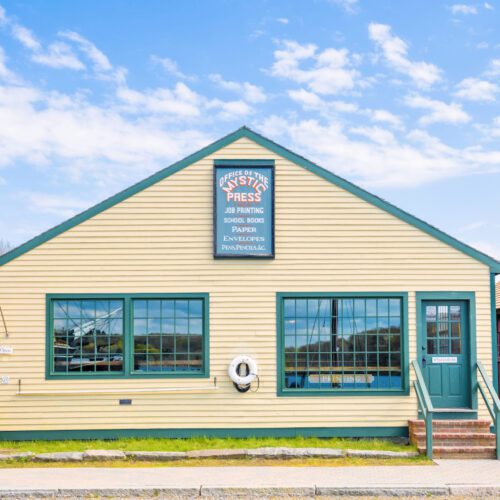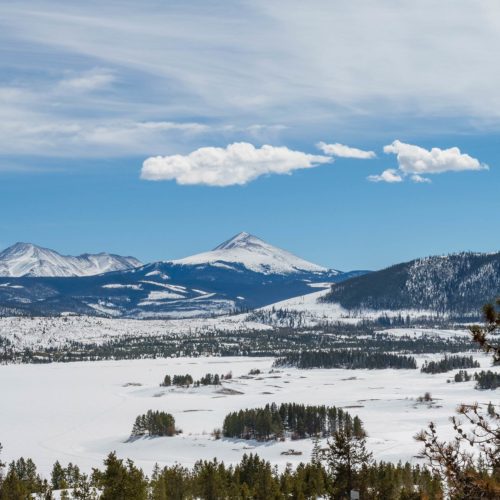Italy is known for its relaxed mannerisms and enjoyments of bringing people around a table for delectable food and lighthearted enjoyment. Although Milan enjoys this aspect of the national culture, its residents are tuned in to a faster pace as they operate within the leading financial center and the most prosperous manufacturing and commercial city in Italy. The architecture and design is representative of this progressive city, merging classical traditions with the excitement of futuristic and modern design. We took a visit to see for ourselves.
AWA Adventure guides See All

Switzerland
With our friends at Switzerland Tourism, we encountered hidden gems and magical landscapes in the Land of Milk and Honey.

The Seventh Continent
All aboard! We embark from the end of the world aboard the MS Roald Amundsen on a (shivery) trip of a lifetime!

Mystic, Connecticut
Apparently this town was in a movie? Can’t quite put our finger on it, but we think it had something to do with Julia Roberts bussing tables.

A Curious Scottish Excursion
Over a century ago, Phileas Fogg circumnavigated the globe over 80 trips around the sun. Taking a page out of his whimsical legacy, we found ourselves on a similarly audacious adventure—in Scotland.

An Off-centered Vermont Road Trip
Join AWA and our off-centered friends over at Dogfish Head for an even more off-centered adventure in the Green Mountain State!

A Rocky Mountain Road Trip
From the western metropolis of Denver to the surrounding Rocky Mountains, there’s something for everyone in the heart of Colorado.
























